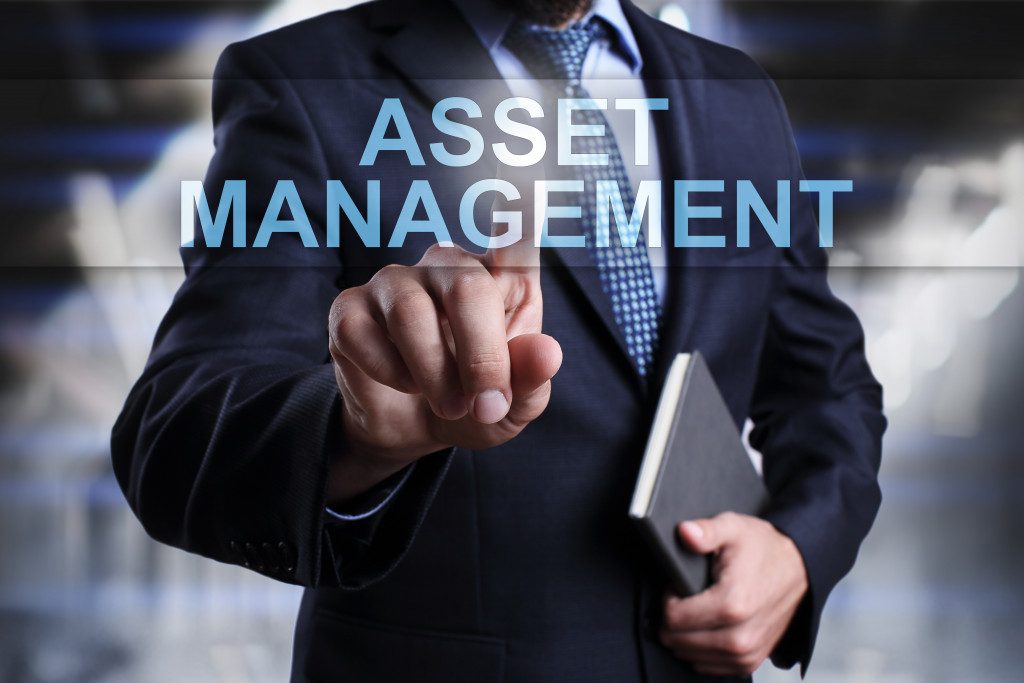- Physical assets should be secured through locks and alarm systems, trained personnel, and screening of contractors.
- Intangible assets include trademarks, copyrights, patents, trade secrets, customer data, and intellectual property rights.
- Human resources must be supported by proper training, education opportunities, and health benefits packages.
- Marketing collateral should have access control mechanisms, track external vendors, and be regularly revised.
Every business needs to prioritize protecting its assets. These assets can be anything from physical items like property, equipment, or inventory, to intangible items like intellectual property or customer data.
Understanding the different types of business assets and how to protect them is essential for any business owner. This blog post will look at some of the most common types of business assets and their associated security measures.
Defining Business Asset
A business asset is anything that has value to the organization, either directly or indirectly. These resources help a company run, grow, and make money. Many entrepreneurs think that business assets are limited to physical items, but this is not true. Intellectual property, customer data, and brand recognition can all be considered business assets.
Types of Business Assets
As mentioned, there are two main business assets: physical and intangible. What are their key characteristics?
Physical Assets

Physical assets are tangible items that have a tangible form and value. This can include buildings, machinery, office furniture, computers, vehicles, retail stock, cash in the bank, and more.
To protect such physical assets as much as possible, it is essential to secure your premises with locks and alarm systems; ensure that all personnel is adequately trained; screen contractors before hiring them; properly maintain equipment; establish stringent security policies; install cameras in areas where valuable goods are stored; limit the amount of cash on hand; insure valuables; and keep track of all inventory.
Financial and reputational losses can be significant when physical assets get stolen, lost, or damaged. That’s why it is crucial to invest in adequate security measures.
Intangible Assets
Intangible assets are non-physical items with economic value but cannot be touched or seen. Examples include:
- trademarks
- copyrights
- patents
- trade secrets (including formulas/recipes)
- customer lists/data
- software/computer programs/applications (including source code)
- goodwill/brand recognition/reputation management strategies
- leasing agreements (e-commerce platforms)
- licensing contracts (franchises)
- intellectual property rights (music rights)
To protect these intangible assets, it is essential to ensure that all employees sign non-disclosure agreements when they join the company, register trademarks & copyrights with relevant authorities where applicable, and limit access to sensitive information by using passwords & encryption algorithms.
It is also wise to regularly audit & review internal processes & procedures related to confidential information & customer data protection policies, monitor online activity concerning proprietary information & contact relevant authorities if necessary.
But what should you do if your intangible assets are infringed upon? It is recommended to seek consumer product patent expert witness services to defend your case and protect your assets. They will help you determine whether your purchases have been violated and, if necessary, take legal action against the guilty party.
Human Resources

Human resources refer to a company’s workforce – its people – as one of the most important aspects of any organization. To protect these valuable human resources, it is vital to provide proper training & education opportunities for staff members so they can stay informed about industry developments & trends as well as internal policies & procedures related to their job roles.
Create employee engagement initiatives such as team building activities which help foster a sense of team spirit & loyalty amongst staff members; invest in health benefits packages for employees so they can stay healthy both physically & mentally while working for the company.
Marketing Collateral
Marketing collateral is any promotional material used to support a company’s marketing and branding efforts. Examples include brochures, flyers, posters, videos, websites, social media accounts, print ads, etc. These materials are often created in-house or outsourced to external vendors. To protect such valuable marketing collateral, proper access control mechanisms must be in place to ensure that only authorized personnel have access to the material.
Additionally, a process should be in place for tracking & monitoring any external vendors working on behalf of the company, as well as regularly revising marketing & branding materials to keep them up-to-date with current trends & technologies.
Final Thoughts
In conclusion, understanding your business’s different types of assets and how best to protect them from external threats is essential if your business operations run smoothly and efficiently. It is also vital that you regularly review existing security plans and update them accordingly so that you always remain one step ahead when it comes to safeguarding your organization’s valuable resources against potential risks or threats. Taking proactive measures now will help ensure that your business continues running without any major disruptions in the future!

